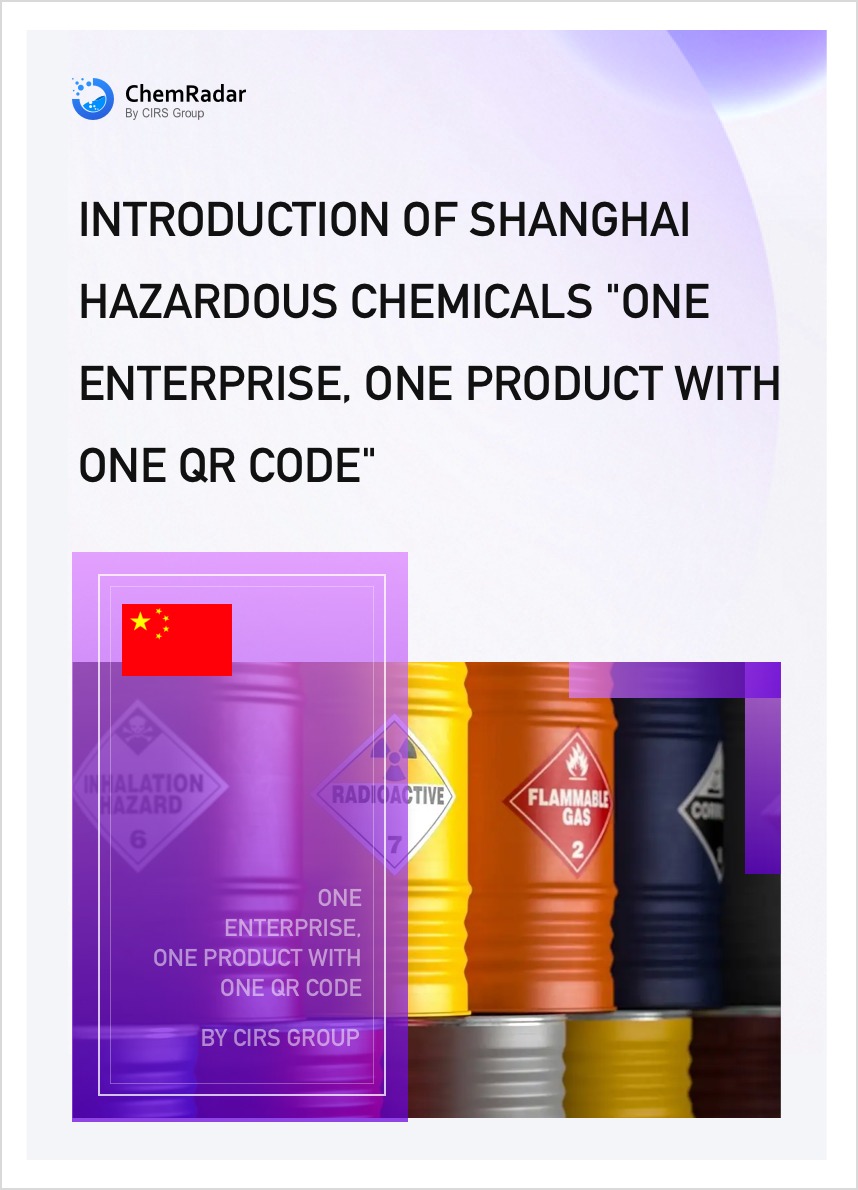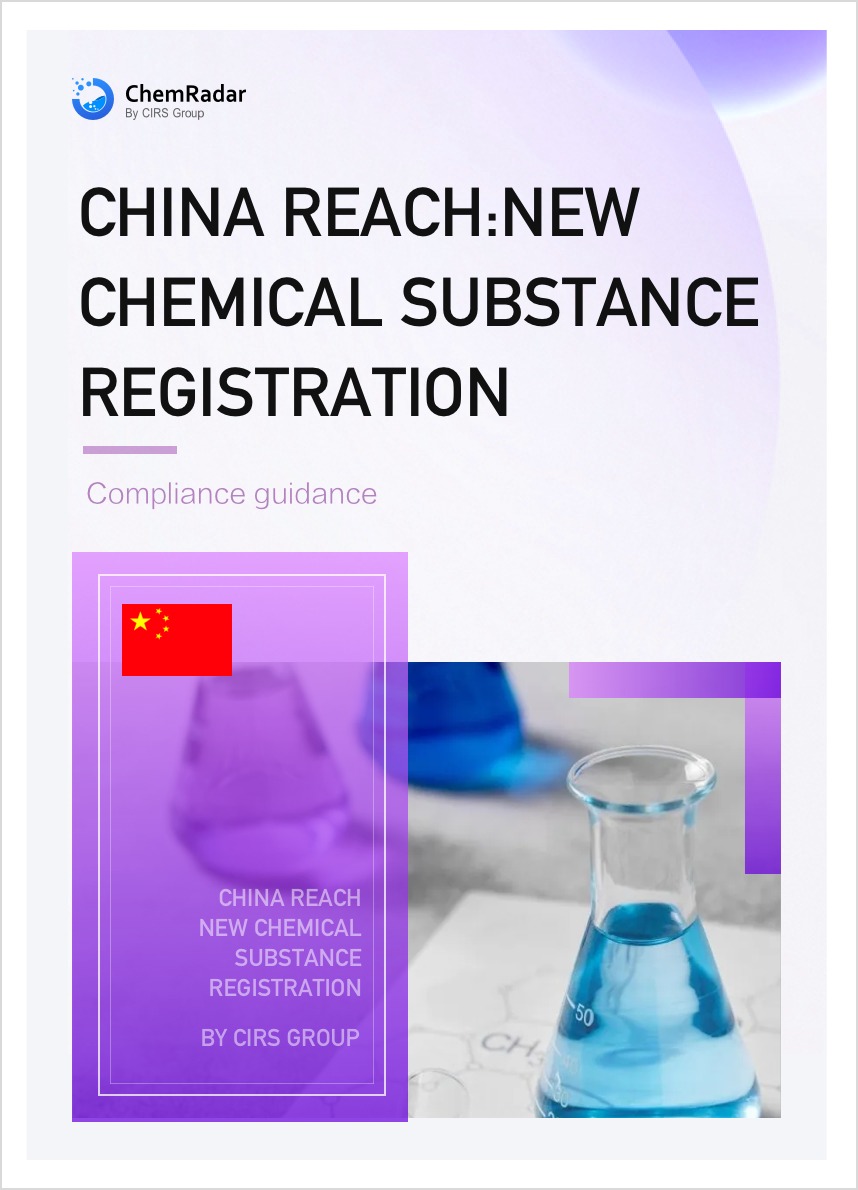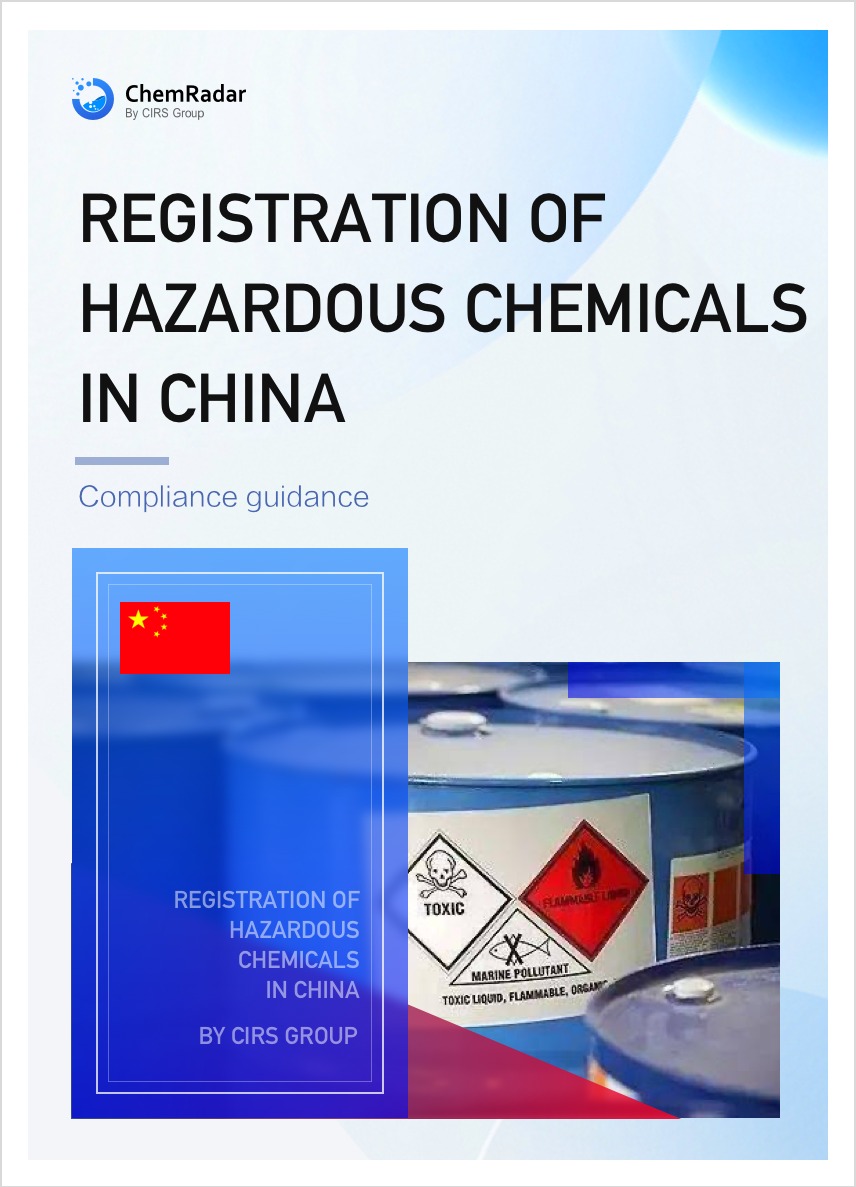On August 12, 2025, the Ministry of Ecology and Environment (MEE) issued an announcement. In fulfillment of the Vienna Convention for the Protection of the Ozone Layer and the Montreal Protocol on Substances that Deplete the Ozone Layer (ODS), and in accordance with the Regulation on the Administration of Ozone Depleting Substances and the China's National Plan for the Implementation of the Montreal Protocol on Substances that Deplete the Ozone Layer (2025-2030), the Ministry has organized the drafting of the Announcement on Banning the Production of Household Refrigerators and Freezers Using Hydrofluorocarbons (HFCs) as Refrigerants (Draft for Comments) and is now soliciting public feedback. This move aims to promote the industry's shift towards low-carbon and environmentally friendly technologies and facilitate industrial transformation and upgrading. The public may submit comments and suggestions via the methods indicated on the official website by August 22, 2025.
Main Content
- Production Ban: From January 1, 2026, the production of household refrigerators and freezers using HFCs as refrigerants is prohibited.
- Scope of Application: The household refrigerators and freezers applicable under this announcement refer to those specified in the national standard Household and Similar Cooling Appliances (GB/T 8059).
- Implementation and Supervision: Relevant departments are to urge enterprises to strictly comply with the above provisions and effectively phase out the use of HFCs as refrigerators in the household refrigerator and freezer industry. Enterprises violating these provisions by using HFCs will be penalized by local ecological and environmental authorities in conjunction with relevant departments according to the law.
Background
In 2016, the 28th Meeting of the Parties to the Montreal Protocol adopted the Kigali Amendment, which controls HFCs. HFCs, which are key substitutes for ODS controlled under the Protocol, are also greenhouse gases regulated under the Kyoto Protocol of the United Nations Framework Convention on Climate Change (UNFCCC). They possess high Global Warming Potential (GWP) and are primarily used as refrigerants, fire extinguishing agents, foaming agents, cleaning agents, propellants, and specialty electronic gases in industries such as refrigeration, firefighting, foam, industrial cleaning, pharmaceuticals, and semiconductors. The Kigali Amendment officially came into effect in China on September 15, 2021. China is required to freeze HFC production and consumption at baseline levels by 2024, reduce it by 10% from baseline by 2029, by 30% by 2035, by 50% by 2040, and by 80% by 2045.
The household refrigerator and freezer industry is one of the sectors consuming HFCs, primarily using them as refrigerants in manufacturing these products. In April 2025, the China's National Plan for the Implementation of the Montreal Protocol on Substances that Deplete the Ozone Layer (2025-2030) explicitly stipulated that the home appliance industry is prohibited from producing refrigerators and freezers using HFCs as refrigerants starting January 1, 2026. This announcement was drafted based on Article 6 of the Regulation on the Administration of Ozone Depleting Substances accordingly.
Industry Profile
China is the world's largest producer of household refrigerators and freezers. Before 2007, the industry primarily used chlorofluorocarbon (CFC)-12 as a refrigerant. As China's implementation of the Protocol advanced, CFCs, including CFC-12, have been completely phased out. Currently, the main refrigerant used in household refrigerators and freezers produced in China is isobutane (R600a). A small number of products use HFCs (mainly HFC-134a) as refrigerants to meet export market demands, accounting for less than 6% of the industry's total production. In 2023, the industry used approximately 1,400 tons of HFC-134a refrigerant, accounting for less than 2% of the national total usage of HFC-134a in that year.
Feasibility Analysis
Within the household refrigerator and freezer industry, the technology for using the low-carbon, environmentally friendly natural refrigerant isobutane is already very mature. It has been popularized and commercialized domestically and internationally since the 2000s. The technology for replacing ODS and HFCs with isobutane has been successfully applied within the industry for many years and is entirely technically feasible. Economically, isobutane represents a lower-cost alternative technology to HFCs, with mature commercial products available.
Further Information




